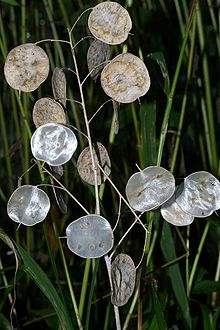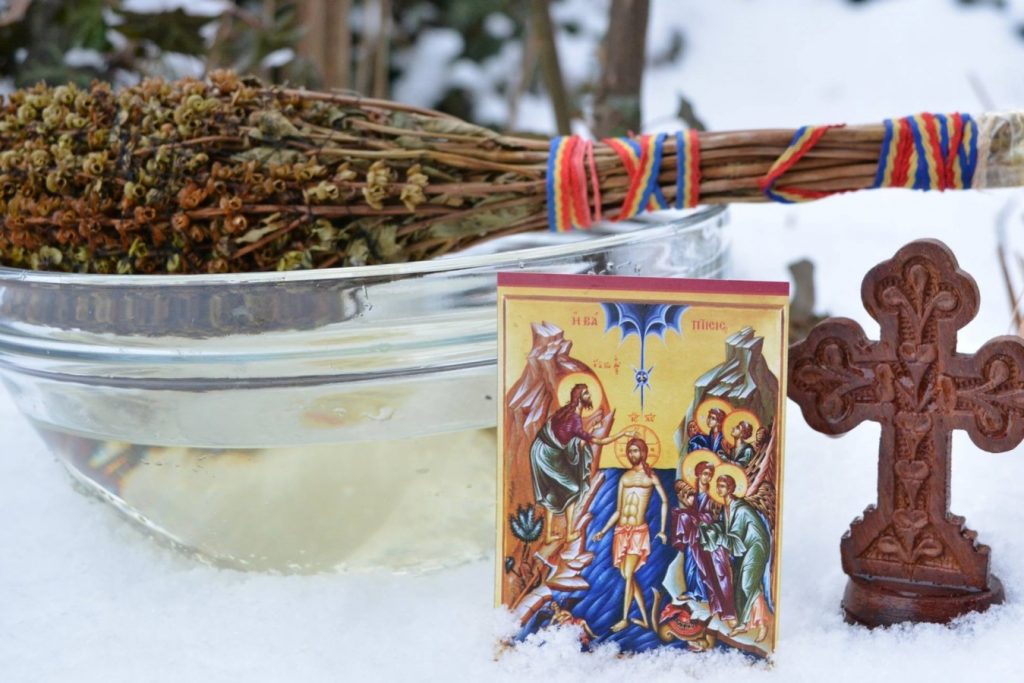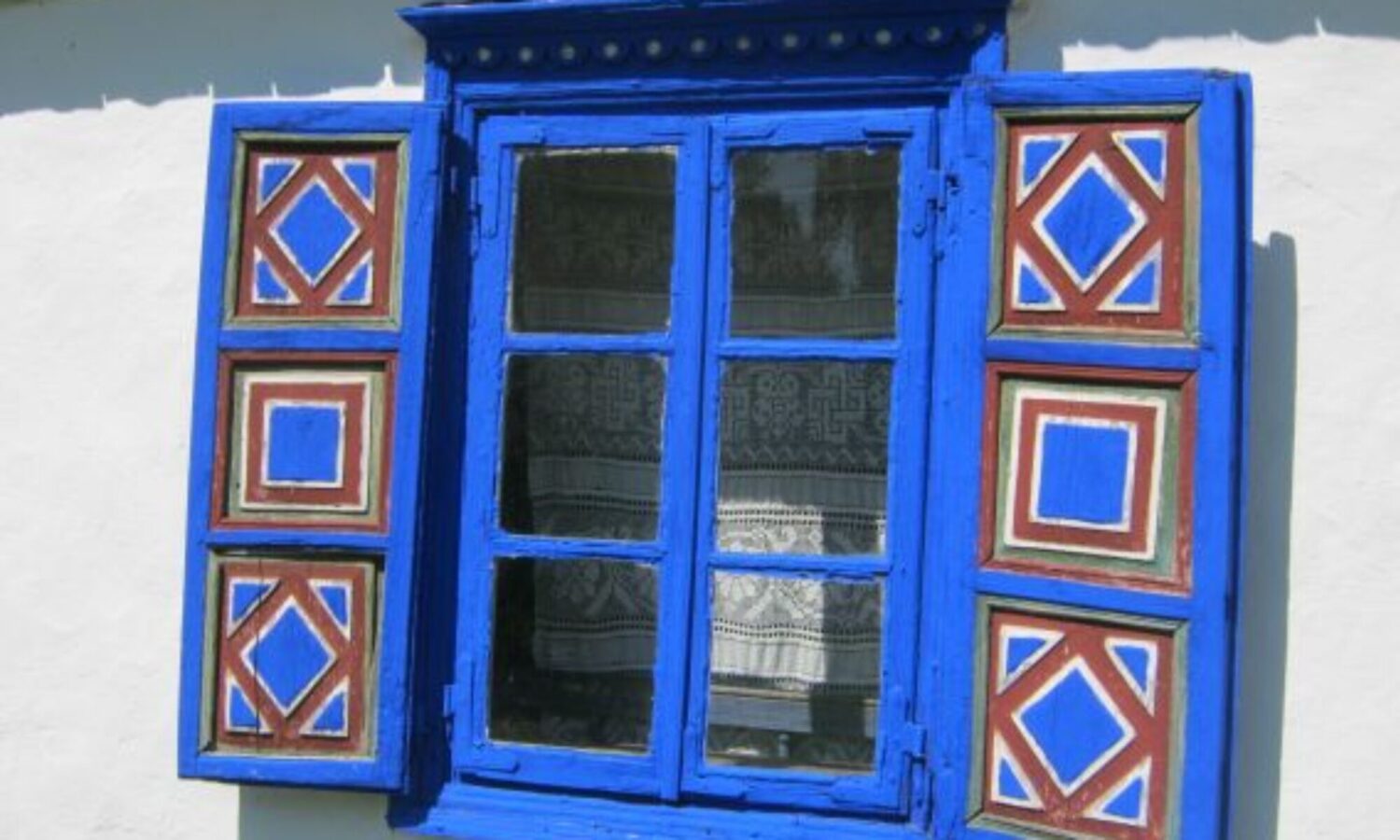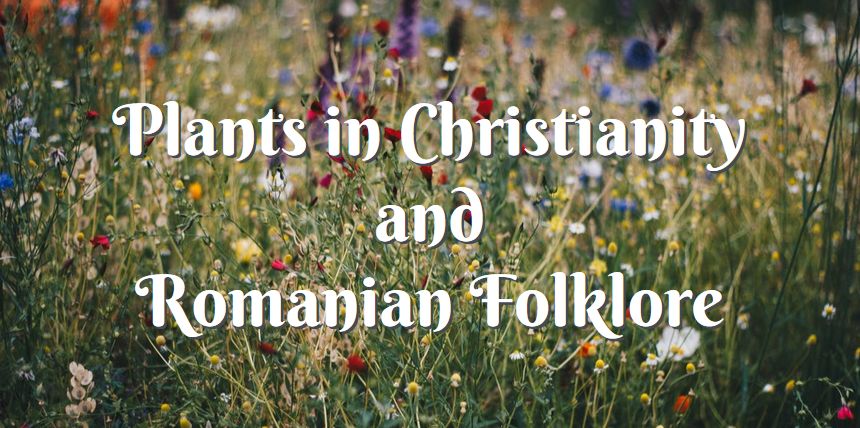Plants are deeply rooted in Christianity and Romanian Folklore, this positive blend of cultural creations and ancient spirituality. Plants have been used as cures, in ritualistic traditions and for magic spells for centuries, all over the world. Let’s discover how a few of these herbs and flowers got their names in Romanian folklore, the legends behind it and their connection with Christianity.
Flower Sunday, Floriile or Palm Sunday
A special Christian celebration is on Palm Sunday: the day of Flowers, Floriile, Goddesses of Spring. Flora, in Roman religion, was the goddess of flowering plants and was the patron on month April. In Romanian folklore April is called Prier (from Latin aperio, to open, correlated with the opening of the buds’ leaves), and May is called Frunzar (leafy) and Florar (flowery).
So if you know someone whose first name is that of a flower, send them your best wishes on Palm Sunday, on Florii Day.

Sfintele Paști, Easter celebrations and Flowers: Wood Anemones and Violets
The wood anemones are Easter flowers and legend says that they sprouted from the earth wet by Jesus’ tears and that Saint Mary shared them to the four corners of the earth, at His request. Wood anemones have various nicknames in the folk tradition that symbolizes their strong correlation with Easter: the White Flower of Easter, the Flower of Blessed Friday, Easter’s Bread.
Folklore tradition calls for picking the White Flower of Easter this time of the year and decorating the Easter table with it as well as taking it to church as an offering on Good Friday. It is seen as a blessed flower.
Violets, too, are Easter flowers with a somehow mellow connotations. They represents young girls, children, metamorphosed into flowers. Is it pain, premature death that causes this? Certain is that violets are made into little crowns placed on the graves of young maidens or lads.
Plants and Christianity in Romanian Folklore
In Romanian folklore there are numerous plants named after Christian holidays, saints, Virgin Mary, and so on, depicting popular belief in the plant’s incredible powers in aiding the body and the soul.
- Plain hogweed is called earth’ cross;
- blue anemone hepatica is warrior’s cross;
- orpine or livelong is Heaven’s Table;
- bugleweed is God’s Mercy;
- Mock Orange is Heaven’s Tree;
- Sweet William is Priest’s Seat;
- Rose Champion or Rabbit’s Ears is Saint Mary’s Belt;
- begonia is Angel (îngeraș, probably due to the resemblance that popular imagination created between the angels’ wings and the plant’s leaves);
- sage or Sage of the diviners is Virgin Mary’s Hand;
- maidenhair fern is Virgin Mary’s Hair.
The common vervain, its Romanian meaning translating to God’s Arrow, is considered a holy herb, bringing wealth in the house and predicting the future too. It is believed to have grown first on the Mountain of Transfiguration and the plant can only be picked by fairies, Sânziene, who bring offerings before collecting it: bread, salt and a silver coin. It is believed that this specific plant helped heal Jesus’ wounds.
On the other hand Lunaria annua, honesty plant, is called the Plant of Thirty Silver Coins, Judas’ Plant and many banish it from their gardens.

The White Lily and its Symbology in Iconography
The white lily, Lilium Candidum, is believed to be Virgin Mary’s flower who is depicted holding baby Jesus with one arm and a white lily in her other hand. White lily is believed to be the first flower to ever be cultivated by humans and is associated with purity. Archangel Gabriel is also depicted offering Virgin Mary white lily after the birth of Baby Jesus. Saint Joseph is also depicted as holding Baby Jesus and a white lily as a symbol of purity and of Saint Mary.
We can clearly see that Virgin Mary is highly revered not only in the Christian Orthodox Church, but also in Romanian folklore. Yet by eighteenth century Carol Linnaeus), the founding father of modern scientific biological nomenclature, discouraged the practice of attributing names of saints to plants, a sign that scientific terminology was on its way towards gaining autonomy from the ancient naming practices.
Poppy flowers is believed to have been initially white. They turned red when a few drops from Jesus’ blood fell on them, underneath the cross. Since then poppy flowers are red, in remembrance of His sacrifice.
Basil in Christian Tradition and a Spell too
Basil is also a herb with deep christian connotations. It is associated with Jesus, Saint Mary and God. Romanian folklore says that basil first sprouted when Jesus was born, but also that it grew when Saint Mary wept by the Cross.
If maidens place under their pillow a strand of dry basil received from a priest, on the night of Boboteaza, Epiphany night,6 January, also considered the coldest night of the year, they can dream of their future husband. If they don’t dream that night they can try again on Sânziene Day, on 24 June.
On the same night maidens can take a handful of basil and go to a river, a running water. They dip the basil in water and then they wash their faces with it so they will be liked and loved by lads.
Basil and its role in Christianity and Romanian Folklore, Saint George’s Day, 23 April
To keep its holy powers basil must be planted on Saint George, on 23 April, and harvested on 14 September, on the day of the Exaltation of the Holy Cross. It is then hanged by icons till it dries.
Basil is considered holy because it has the power to turn water in holy water, agheasma, used in Christian churches.
On Easter, Christian believers wash their faces with the water in which they kept a basil, a red painted egg, and a silver coin – to be liked and loved.
On Saint George and Saint Andres old women hang basil tied with a red ribbon on the stable’s door so that the cow’s milk will flow on and on.

Siting under the shade of a tree
Myrrh, smirna, with its waxy branches and thorns, give us a resin that changes color from yellow to reddish, scented when burned and bitter to taste. Its scent a smoke are said to induce meditation and prayer and warn off any evil spirits.
Fascinating is how the effect of this resin spilled into the Romanian language. We say a sta smirna, meaning sitting quietly, or tacut smirna, meaning really quiet, as one would sit in meditation, which is exactly the effect of burning myrrh, smirna.
A branch from the bladdernut tree, clocotișul or clocoticiul, tied around your waist is said to warn off any evil spirits and no hail will bother you in your travels either.If you take these twigs to church on Easter Sunday their good powers will increase tenfold. Very long ago, before a woman would embark on a long journey she would fashion for herself a necklace made of young twigs of the bladdernut tree and wear it around her neck to warn off evil and not get lost Her courage will also increase, that she would be amazed by herself.
Also warding off evil spirits is the mugwort, a plant said to protect against pandemics too, so wear some around your neck.
Without any doubt, we can observe now everyday plants and flowers in a different light. From a sacred meaning to the scientific one, and through their legends, plants are so much more than they reveal to us. Don’t you think?
I hope you enjoyed reading about Plants in Christianity and Romanian Folklore. Do return for more herbal folk tales.









A fascinating post! So much info. I’m ashamed to say that ‘d never even heard of the Honesty Plant before.
Me neither… until recently. I guess growing up in a city has its disadvantages too. 😉
Thank you for taking the time to read 🙂
How interesting! Thank you so much for sharing
Thank you, Suzanne. I am thrilled you liked it.
Many thanks for stopping by 😉